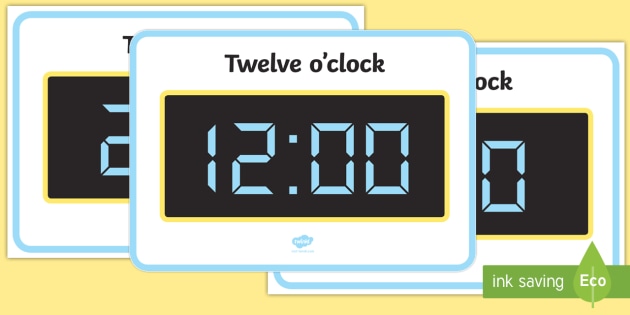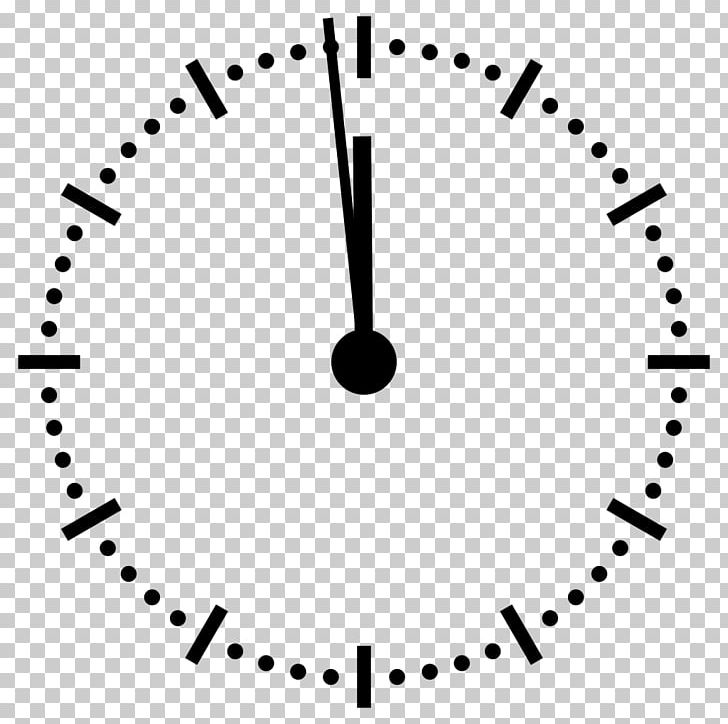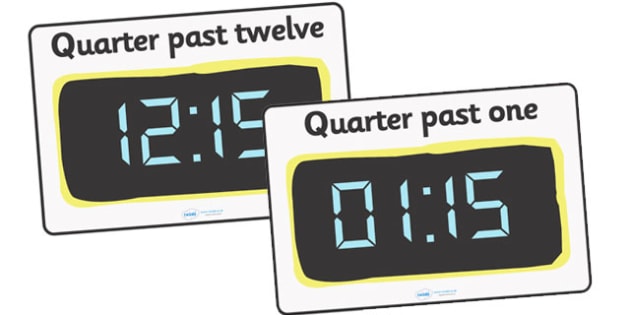

If we see the circuit, the first flip-flop, FFA which is the least significant bit in this 4-bit synchronous counter, is connected to a Logic 1 external input via J and K pin.

The external clock is directly provided to all J-K Flip-flops at the same time in a parallel way. Also, there is no propagation delay in the synchronous counter just because all flip-flops or counter stage is in parallel clock source and the clock triggers all counters at the same time.

Its operating frequency is much higher than the same range Asynchronous counter. A 4-bit Synchronous up counter start to count from 0 (0000 in binary) and increment or count upwards to 15 (1111 in binary) and then start new counting cycle by getting reset. In the above image, the basic Synchronous counter design is shown which is Synchronous up counter. So, a counter which is using the same clock signal from the same source at the same time is called Synchronous counter. In synchronous counter, the clock input across all the flip-flops use the same source and create the same clock signal at the same time. In previous tutorial of Asynchronous Counter, we have seen that the output of that counter is directly connected to the input of next subsequent counter and making a chain system, and due to this chain system propagation delay appears during counting stage and create counting delays. Synchronous signals occur at same clock rate and all the clocks follow the same reference clock. Synchrounous generally refers to something which is cordinated with others based on time. Each clock pulse either increase the number or decrease the number. The outputs represent binary or binary coded decimal numbers.

Most common type of counter is sequential digital logic circuit with a single clock input and multiple outputs. In a digital logic system or computers, this counter can count and store the number of time any particular event or process have occurred, depending on a clock signal. A counter is a device which can count any particular event on the basis of how many times the particular event(s) is occurred.


 0 kommentar(er)
0 kommentar(er)
